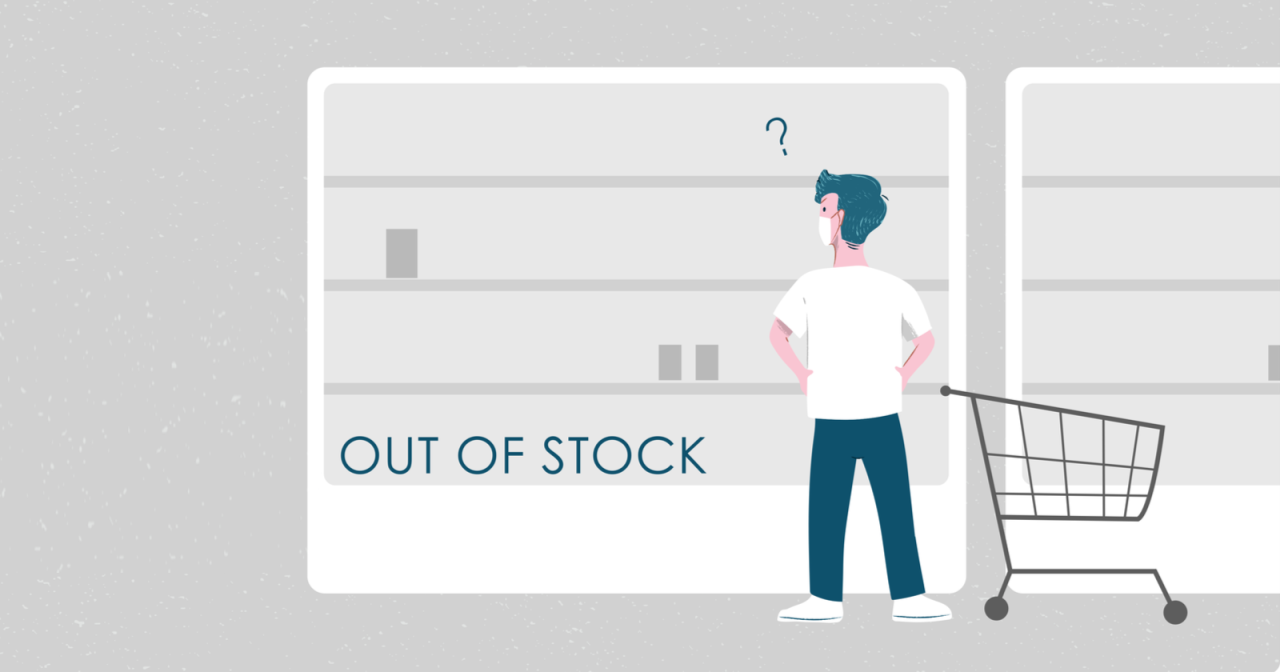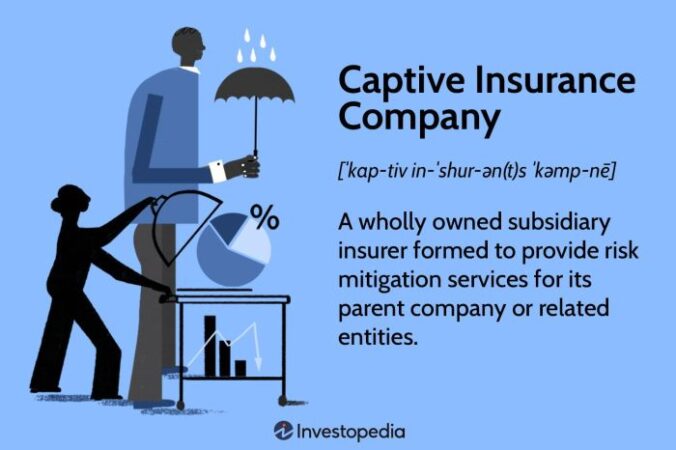
Scant stock, a term that throws a wrench into any business owner’s plans, describes the dreaded scenario where inventory levels dwindle to a point where meeting customer demand becomes a game of chance. Imagine walking into your favorite store, only to find the shelves bare and the cashier saying, “Sorry, we’re all out.” That’s the reality of scant stock, a problem that can leave businesses scrambling to find solutions and customers feeling frustrated.
From unpredictable supply chain disruptions to sudden surges in demand, scant stock can be caused by a variety of factors. But the impact is always the same: lost sales, unhappy customers, and a potential blow to your brand’s reputation. This article dives into the causes, consequences, and strategies for tackling scant stock, helping you navigate the tricky waters of inventory management and keep your business afloat.
Defining Scant Stock
Imagine you’re running a hot dog stand at a bustling summer festival. You’ve got all the fixings: buns, relish, mustard, and of course, those juicy hot dogs. But then, disaster strikes! You run out of ketchup. That’s the essence of “scant stock” – having insufficient inventory to meet customer demand.
Understanding Scant Stock
Scant stock, also known as stockout, occurs when a business cannot fulfill customer orders due to a lack of available inventory. This can happen for various reasons, such as unexpected surges in demand, supply chain disruptions, or inaccurate inventory forecasting.
Causes of Scant Stock

Scant stock, or stockouts, are a common problem for businesses, leading to lost sales, frustrated customers, and damaged brand reputation. Understanding the causes of scant stock is crucial for businesses to develop effective strategies to prevent or mitigate these occurrences.
Inaccurate Forecasting
Forecasting is the process of predicting future demand for products. Inaccurate forecasting is a leading cause of scant stock. When businesses underestimate demand, they may not order enough inventory, leading to stockouts. Conversely, overestimating demand can result in excess inventory, leading to storage costs and potential waste.
- Lack of historical data: Businesses with limited historical data may struggle to create accurate forecasts. This is especially true for new products or businesses operating in rapidly changing markets.
- Seasonality and trends: Businesses need to consider seasonal fluctuations and emerging trends in their forecasting models. Failure to account for these factors can lead to stockouts during peak demand periods.
- Unforeseen events: Unexpected events, such as natural disasters, economic downturns, or political instability, can significantly impact demand and disrupt supply chains, making accurate forecasting even more challenging.
Supply Chain Disruptions
Supply chain disruptions can significantly impact inventory levels and lead to stockouts. Disruptions can arise from various sources, including:
- Natural disasters: Earthquakes, floods, and other natural disasters can damage infrastructure and disrupt production and transportation, leading to delays in deliveries and stockouts.
- Political instability: Political unrest, trade wars, and other geopolitical events can disrupt supply chains, leading to delays or interruptions in the flow of goods.
- Transportation challenges: Labor shortages, fuel price fluctuations, and infrastructure bottlenecks can cause delays in transportation, leading to stockouts.
- Supplier issues: Supplier failures, production problems, or financial difficulties can disrupt the supply of raw materials or finished goods, leading to stockouts.
Unexpected Demand Spikes
Unexpected demand spikes can occur due to various factors, including:
- Viral marketing campaigns: Successful marketing campaigns can create sudden surges in demand, leading to stockouts if businesses are not prepared.
- Product launches: New product launches often generate significant initial demand, which can exceed initial forecasts and lead to stockouts.
- Media coverage: Positive media coverage or product reviews can generate a sudden increase in demand, leading to stockouts if businesses are not prepared.
- Seasonal events: Holidays, special events, and seasonal changes can lead to unexpected demand spikes, especially for certain products.
Poor Communication and Coordination
Poor communication and coordination within an organization can lead to inaccurate inventory data, delays in ordering, and ultimately, stockouts.
- Lack of transparency: Insufficient information sharing between departments, such as sales, marketing, and operations, can lead to inaccurate demand forecasts and stockouts.
- Siloed operations: When departments operate in isolation, there is a higher risk of miscommunication and delays in responding to changing demand patterns, leading to stockouts.
- Inefficient inventory management systems: Outdated or poorly integrated inventory management systems can lead to inaccurate inventory data, resulting in stockouts.
Impact of Scant Stock
Scant stock, or stockouts, can have a serious impact on businesses, leading to lost sales, frustrated customers, and operational inefficiencies. It’s like running out of your favorite chips at the party – no one’s happy!
Financial Implications of Scant Stock
Scant stock can significantly impact a business’s bottom line. Here’s a table comparing the financial implications of scant stock to those of overstocking:
| Scenario | Financial Impact |
|---|---|
| Scant Stock |
|
| Overstocking |
|
Impact on Customer Satisfaction and Loyalty
Customers are like the stars of the show, and they deserve the best experience. Scant stock can make them feel like they’re in a bad movie. Here’s how:
- Frustration and Dissatisfaction: Imagine going to your favorite store to buy a specific item, only to find out they’re out of stock. It’s like a scene straight out of a “bad customer service” comedy! Customers may feel frustrated, disappointed, and less likely to return. This can lead to a decrease in customer satisfaction and loyalty.
- Negative Brand Perception: If a business is consistently out of stock, it can damage its reputation and make customers think it’s unreliable. It’s like a bad review for a restaurant – customers may start to doubt the business’s ability to provide a good experience.
Impact on Operational Efficiency
Scant stock can create operational chaos, like a bad episode of “The Office.”
- Increased Costs: When a business runs out of stock, it may have to place rush orders, which can be more expensive than regular orders. It’s like a “last-minute” trip to the grocery store before a big party – you end up paying more!
- Disrupted Operations: Stockouts can disrupt operations and make it difficult to fulfill orders. Imagine a bakery running out of flour – it’s a recipe for disaster!
- Decreased Productivity: Employees may spend more time trying to find products or dealing with customer complaints, which can decrease productivity. It’s like a “day at the office” where everyone’s running around trying to fix a problem.
Strategies for Addressing Scant Stock
Scant stock, also known as stockouts, can be a real buzzkill for businesses. Imagine the disappointment of a customer who eagerly awaits their favorite product, only to find out it’s out of stock. Not only does it lead to lost sales, but it can also damage brand reputation and customer loyalty. So, how do businesses tackle this sticky situation? Let’s dive into some strategies to keep those shelves stocked and customers happy.
Accurate Demand Forecasting and Inventory Management Systems
Accurate demand forecasting is like having a crystal ball that tells you what your customers will want and when they’ll want it. It’s the foundation of a healthy inventory management system. By predicting demand, businesses can optimize their inventory levels, reducing the risk of stockouts. This means balancing supply and demand, ensuring that you have enough products on hand to meet customer needs without tying up too much capital in inventory.
- Historical Data Analysis: Looking back at past sales data can provide valuable insights into seasonal trends, customer preferences, and overall demand patterns. Analyzing historical data helps businesses identify patterns and make informed predictions about future demand.
- Market Research: Understanding market trends and competitor activities is crucial for accurate forecasting. Market research can reveal emerging trends, changes in consumer behavior, and competitive landscape, enabling businesses to adjust their forecasts accordingly.
- Sales and Marketing Data: Data from sales and marketing campaigns, such as promotional activities, website traffic, and customer feedback, can provide real-time insights into demand fluctuations. Integrating this data into forecasting models can improve accuracy and responsiveness.
- Advanced Forecasting Techniques: Leveraging advanced forecasting techniques like time series analysis, machine learning, and statistical modeling can provide more accurate predictions. These techniques can account for complex factors and seasonal variations, offering a more nuanced understanding of demand patterns.
Proactive Measures for Addressing Supply Chain Disruptions
The supply chain is like a delicate dance, and disruptions can throw everything off balance. Imagine a sudden spike in demand, a natural disaster, or a global pandemic – these events can wreak havoc on supply chains, leading to stockouts. Proactive measures are essential to ensure that businesses can navigate these challenges and maintain a steady flow of goods.
- Diversified Sourcing: Instead of relying on a single supplier, businesses can diversify their sourcing strategies, spreading the risk across multiple suppliers. This can help mitigate the impact of disruptions from any one source.
- Strategic Partnerships: Building strong relationships with suppliers is crucial. Collaboration and open communication can help businesses anticipate potential disruptions and develop contingency plans together. Long-term partnerships can also ensure consistent quality and timely deliveries.
- Inventory Buffer: Maintaining a safety stock or buffer inventory can act as a cushion during disruptions. This extra inventory can help meet demand even when there are delays in the supply chain.
- Real-Time Supply Chain Visibility: Having real-time visibility into the entire supply chain is essential for identifying and addressing potential disruptions quickly. Advanced technologies like blockchain and cloud-based platforms can provide this visibility, enabling businesses to track goods and respond proactively.
Case Studies of Scant Stock Management

Scant stock, also known as stock-outs, is a common problem that businesses face. While it can be challenging to manage, several companies have successfully overcome these challenges. Let’s explore some case studies and learn how they achieved success.
Walmart’s Inventory Management Strategy
Walmart is a prime example of a company that has mastered inventory management. They utilize a sophisticated system that relies on data analysis, predictive modeling, and real-time insights. Their strategy involves:
* Data-Driven Forecasting: Walmart leverages historical sales data, market trends, and consumer behavior patterns to predict future demand accurately.
* Just-in-Time Inventory: They aim to receive products just before they are needed, minimizing storage costs and reducing the risk of obsolescence.
* Strong Supplier Relationships: Walmart has established strong relationships with suppliers, ensuring timely delivery and consistent product quality.
Walmart’s success in managing scant stock stems from their ability to anticipate demand fluctuations, optimize inventory levels, and maintain a robust supply chain.
Amazon’s Dynamic Pricing and Inventory Management
Amazon, another retail giant, uses a dynamic pricing model and sophisticated inventory management system to minimize stock-outs. Their strategy involves:
* Dynamic Pricing: Amazon adjusts prices based on real-time demand, competitor pricing, and inventory levels. This helps them manage stock availability while maximizing profits.
* Inventory Optimization: Amazon utilizes algorithms to analyze sales data, predict demand, and optimize inventory levels across its vast network of warehouses.
* Real-Time Tracking: Amazon’s real-time tracking system allows them to monitor inventory levels, track shipments, and identify potential stock-outs proactively.
Amazon’s success in managing scant stock can be attributed to their ability to adapt pricing strategies, leverage technology for inventory optimization, and maintain a flexible supply chain.
Final Thoughts: Scant Stock

So, the next time you hear whispers of “scant stock,” remember it’s not just a buzzword – it’s a real challenge that requires proactive solutions. By understanding the root causes, implementing smart strategies, and embracing a customer-centric approach, businesses can weather the storm of scant stock and emerge stronger than ever. After all, in the fast-paced world of business, staying ahead of the curve is crucial for success, and that includes ensuring you always have enough product to meet the demands of your loyal customers.
Question & Answer Hub
What are some examples of industries that often face scant stock challenges?
Industries with high demand fluctuations, like fashion, electronics, and seasonal products (e.g., holiday decorations) often face scant stock challenges.
How can I prevent scant stock in my business?
Implement accurate demand forecasting, maintain strong relationships with suppliers, optimize your inventory management system, and be prepared for unexpected events.
What are some strategies for dealing with scant stock once it occurs?
Communicate with customers, offer alternatives, consider backorders, prioritize essential items, and explore alternative sourcing options.





